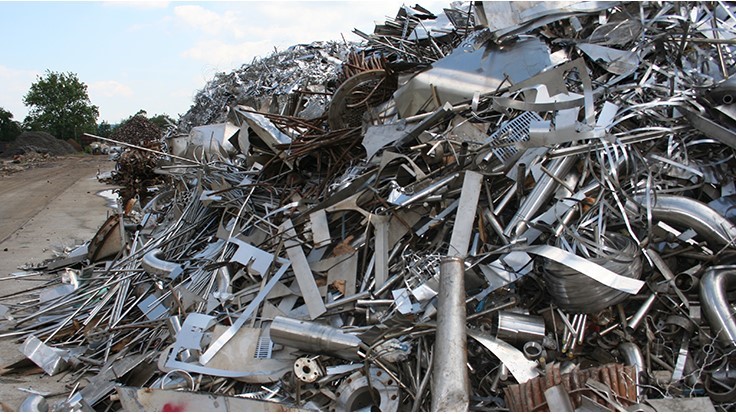EPA recently issued an Enforcement Alert to owners and operators of metal recycling facilities about high levels of VOC emissions that have been identified at a number of large shredders. The issue of VOC emissions from metal shredders has not previously been well known or understood. EPA is now publicly acknowledging the issue and, finally, alerting facilities and state environmental agencies.
These scrap metal recycling facilities have routinely been permitted and operated without any VOC emission limitations or controls. Emissions testing had not previously been done because the vast majority of the approximate 250 to 300 shredders throughout the U.S. are not equipped with emissions capture systems that could capture and route shredder exhaust gases through a stack or vent where VOC emissions can be measured in accordance with EPA-approved test methods. EPA’s strategy, to date, has been to require site-specific testing and then impose substantial fines, when the testing shows higher than expected VOC emissions.
In this alert, EPA acknowledges that there is a great discrepancy with test results to date and there is no consensus on an appropriate or reliable emission factor. Given that metal shredding operations typically use the same hammermill technology and process the same general scrap metal stream, the VOC emission factors should be reasonably similar. As EPA states, the disparities in VOC emission factors are predominantly due to the capture efficiency during emissions testing. For far too long, EPA has been permitting and regulating facilities using grossly disparate emission factors from faulty testing, resulting in facilities significantly underestimating VOC emissions, and continuing to operate without the necessary VOC control equipment.
The EPA Alert discusses the types of control equipment that may be necessary and effective to avoid major source threshold and/or comply with RACT regulations. These controls require a significant investment by the metal recycling facility and include an enclosure, capture hoods and fans, cyclone, filter, regenerative thermal oxidizer (RTO) and scrubber. These facilities are finding that this control equipment is not off-the-shelf, and must be specially designed, installed and operated.
The EPA Alert was a good first step. However, EPA did not resolve the issue of variability in emissions test data. The logical next step would be for EPA to develop a standardized test protocol, with appropriate capture requirements, to be used throughout the country. EPA should also approve emission factors that can be used at similarly-situated facilities, in lieu of testing. The obvious benefits would be to eliminate the use of faulty emission factors and level the playing field in the industry.
Metal recycling facilities should take heed of EPA’s recommendations in the alert or risk significant civil penalties, those being:
- Use best pollution prevention practices so that fluids and other combustible materials are removed prior to shredding.
- Estimate hourly and annual VOC emissions using available test data from similar facilities.
- If VOC emissions are near or over RACT or NSR/PSD thresholds, consult with EPA or the state environmental agency to discuss options, such as performing facility-specific testing, installation of controls, operational permit limits and the like.
The use of the EPA Audit Policy or a state self-disclosure law should be evaluated prior to initiating this type of review. Prompt reporting of a violation under the terms of the EPA Audit Policy or a comparable state law may result in some amount of penalty mitigation.
Source By ScrapMonster

